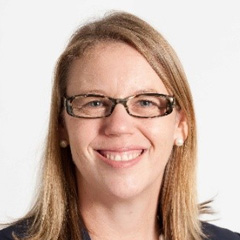The benefits of workplace flexibility are clear. The Diversity Council of Australia has found that employees with flexibility have 55 per cent higher engagement, 55 per cent less stress and 45 per cent lower turnover intention than employees who do not.
A Mortgage & Finance Association of Australia report into why women’s participation in the mortgage broking industry is declining found that, with an ageing workforce, increasingly shared parental responsibilities and changing expectations of future recruits, being able to work flexibly is the most highly valued attribute of working in the industry.
You’re out of free articles for this month
To shift the dial on flexibility, and educate our workforce more broadly, we need to encourage a mainstream conversation about the benefits of promoting a flexible workforce.
I believe many business leaders think about flexibility the wrong way, with some still concerned it can reduce productivity. In my experience, it’s the complete opposite and you get paid in loyalty, in commitment and in great passion.
I’m a real believer that it’s very difficult to be your best at work if you can’t be your best at home, and flexible working arrangements can help facilitate this.
It’s a key ingredient in attracting talented recruits, which is why all bank roles are advertised as flexible, including the option to work part-time. Since implementing this change, we have seen an increase in applications for roles as we draw on a wider talent pool. Informal flexibility is equally important, including facilitating working from home or making adjustments to start and finish times.
While flexible working arrangements aren’t just about supporting women, they are helping dismantle barriers to progression for women. We’ve happily seen an increase in the number of women in the finance industry, although there’s still more work to be done to ensure our best and brightest females have a seat at the table.
Mandated policies are, of course, crucial, but having a policy doesn’t equal intent or advocacy.
Every one of my leadership team benefits from some form of flexibility and we all embrace leaving loudly and sharing with our people, and our peers, how flexibility is supporting employee productivity, engagement and retention.
Having said all this, the most important ingredient in embedding flexibility into any workplace is that it’s embraced by women and men, both in terms of usage and advocacy. This really helps in creating an inclusive workplace that embraces and celebrates flexibility rather than one that judges or fears it.
For me, leadership means setting up a workplace where all employees can reach their full potential, and flexibility is a key component of this.
Sally Bruce is the chief executive of AMP Bank, which is the Principal Partner of Momentum Media’s Women in Finance Awards 2019.

 Login
Login






